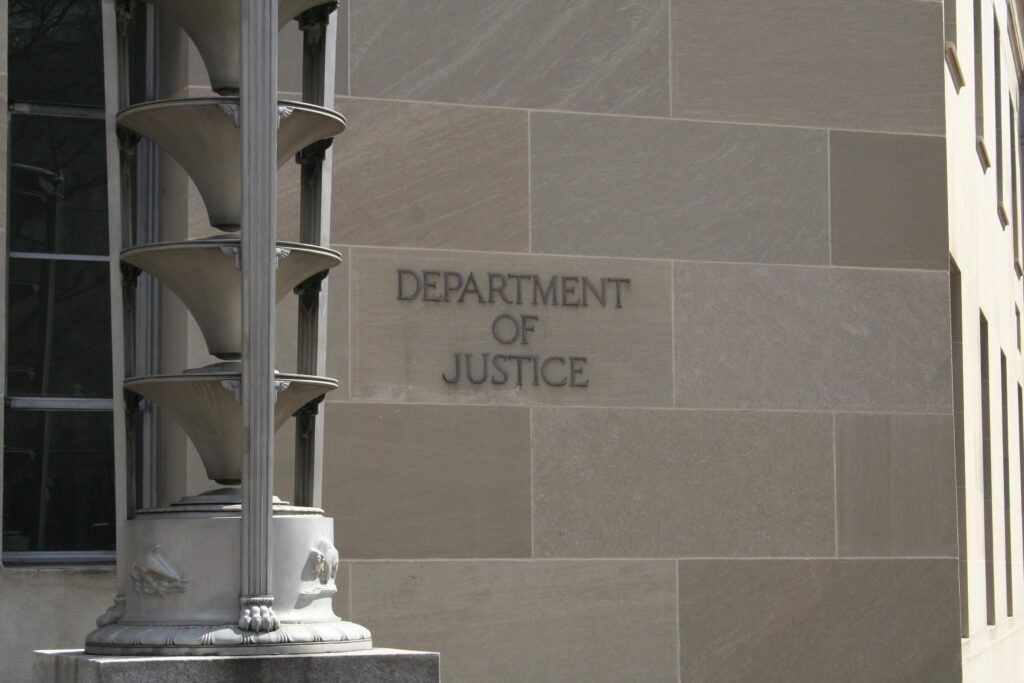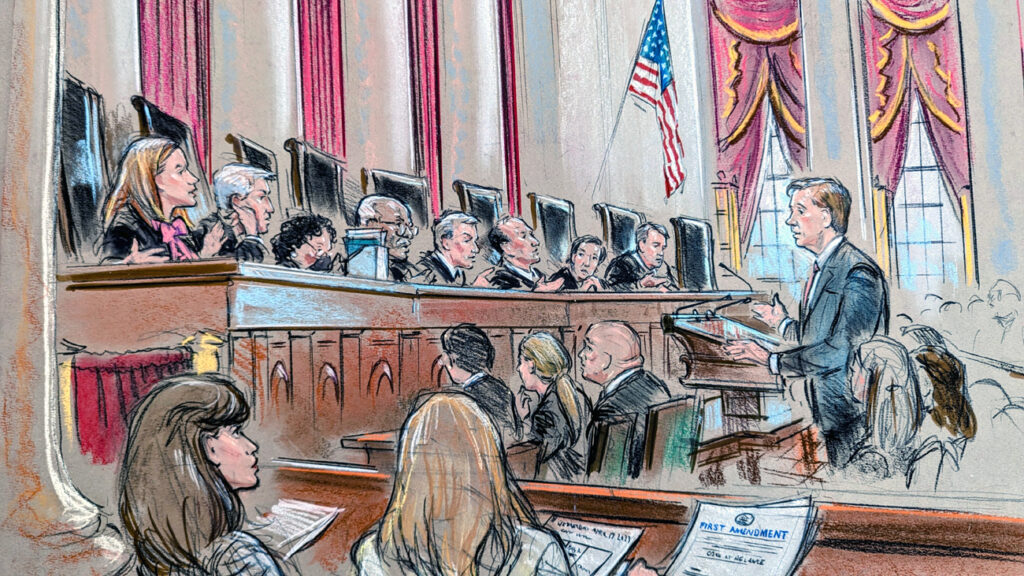
OPINION ANALYSIS
At first glance, Wednesday’s decision in MOAC Mall Holdings LLC v. Transform Holdco LLC resolves a technical question of bankruptcy law, holding that courts should not treat as “jurisdictional” a provision limiting the relief available when an appellate court disagrees with a trial court order authorizing a sale of the bankrupt’s assets.
But the real context of Justice Ketanji Brown Jackson’s opinion for a unanimous court is a burgeoning line of cases that address a common problem in statutory interpretation. When a statute includes directions to litigants, such as filing deadlines, that are conditions to relief the interpretive question is whether those directions are “jurisdictional.” If they are, then litigants can raise them at any time, even if they previously have waived them. But if they are not, then often litigants will lose the opportunity to press them if they are not diligent. This is the second decision in the past month, following Wilkins v United States, reversing a lower court holding that a particular statute is jurisdictional, ruling instead that the statute is merely a “precondition to relief.”
The history of the case is a morass, but some understanding is necessary to portray the procedural irregularities that motivate the tone of Jackson’s opinion. To start with, the case involves the intersection between Sears, the immense retailer that filed for bankruptcy in 2019, and the Mall of America, the largest retail shopping center in North America, from which Sears leased space before it filed for bankruptcy. Early in 2019, Sears sold a large share of its operating assets to a new shell company, Transform Holdco. The court approved that sale under Section 363 of the Bankruptcy Code. Section 363(m) would have made it difficult to challenge the transfer to Transform, because “reversal … on appeal of an authorization … of a sale … of property does not affect the validity of a sale … under such authorization” unless the challenger obtains a stay of the order.
The second transaction occurred later in 2019, when Transform turned to the Sears space at Mall of America. One of the assets transferred to Transform in the first order was the right to “designate” the party to whom a lease between Sears and a landlord should be assigned. Transform designated itself as the transferee of the Mall of America lease, and the bankruptcy court approved that designation, despite the landlord’s objection that Transform could not provide the required “adequate assurance of performance” under Section 365 because the newly created shell company did not have a “similar … financial condition and operating performance” to Sears, as the statute requires.
Now we get to the issue before the court. The landlord sought a stay of the Section 365 order, but when Transform assured the bankruptcy court that Section 363(m) did not apply to this particular lease designation (but only to the earlier general transfer of assets), the bankruptcy court denied a stay, reasoning that the landlord did not need a stay to protect itself from Section 363(m). Then, on appeal, the district court agreed that Transform was not an appropriate assignee under Section 365 and vacated the bankruptcy court’s approval of the transfer of the space at Mall of America. At that point, after it had lost on the merits, Transform sought reconsideration, arguing that Section 363(m) deprived the district court of jurisdiction to review the transfer of the lease that the bankruptcy court had approved under Section 365. As Jackson emphasizes in her summary of the facts, the district court was “appalled” by Transform’s new argument that Section 363(m) barred the landlord’s appeal, but nevertheless followed binding precedent holding that the provision is jurisdictional and so barred the landlord’s appeal.
Jackson’s opinion starts with the problem of mootness. Transform argues that because the lease in fact was transferred and because the lower courts did not grant a stay, there is nothing that the courts can do to undo the transfer and the case is therefore moot. Jackson rejects that argument, emphasizing that the court’s “cases disfavor these kinds of mootness arguments,” which support claims of mootness by reference to technical arguments about the incapacity of lower courts. In this case, the landlord “simply seeks typical appellate relief: that the Court of Appeals reverse the District Court and that the District Court undo what it has done.” Here, she notes, the landlord “vigorously disputes” whether the lower courts can provide relief. Accordingly, she “decline[s] to act as a court of first view, plumbing the Code’s complex depths in the first instance to assure ourselves that [the trial court is powerless].” Rather, she turns to the “question that we granted certiorari to consider.”
On that point, Jackson notes that “statutes are replete with directions to litigants that serve as ‘preconditions to relief.’” Even when Congress “make[s] compliance with such rules important and mandatory,” she points out, “that … does not, in itself, make such rules jurisdictional.” Echoing the court’s approach inWilkins, she emphasizes the “unique and sometimes severe consequences” of applying the jurisdictional label, including that they “are impervious to excuses like waiver or forfeiture.” For Jackson, the facts summarized above “exemplif[y] why the distinction between nonjurisdictional and jurisdictional preconditions matters.” Tipping her hat to the trial court, she quotes the district court’s comment that “if ever there were an appropriate situation for the application of judicial estoppel, this would be it,” and then goes on to conclude that “not even such egregious conduct by a litigant could permit the application of judicial estoppel as against a jurisdictional rule.”
After setting that table, Jackson unsurprisingly concludes that Section 363(m) is not jurisdictional. The court’s modern cases (like Wilkins) apply a “clear-statement rule” that reflects the sentiment that “Congress … would not heedlessly give [preconditions] an unusual character that threatens to upend … orderly progress.” As Jackson explains, the basic problem with treating Section 363(m) as jurisdictional is that Section 363(m) “takes as a given the exercise of judicial power.” Because the statute discusses what would happen if an appellate court were to “revers[e] or modif[y]” an authorization under Section 363, it “plainly contemplates that appellate courts” would exercise jurisdiction to review those authorizations. Even more, the provisions limiting the appellate court’s power “are simply inapplicable where the sale or lease was made to a bad-faith purchaser or lessee, or if the sale or lease is stayed pending appeal.” All of those detailed rules about what would happen if an appellate court exercised jurisdiction to review an order under Section 363 are not, in Jackson’s words, “the stuff of which clear statements are made.”
Stepping back to the overall structure of the bankruptcy courts, Jackson adds that “[s]tatutory context further clinches the case.” Her point here is that “the Code provisions that recognize federal courts’ jurisdiction over bankruptcy matters” are scattered through Title 28 of the United States Code, and “§ 363(m) does not contain any ‘clear tie’ to the Code’s plainly jurisdictional provision.” Citing a provision of the Bankruptcy Code that explicitly refers to the jurisdictional provision it affect, she underscores the point by noting: that the Code also does not “lack for examples of such ties.”
Jackson closes with a section that carefully addresses a series of technical “creative retorts” that Transform interposes. Without discussing them in detail, it is enough to say that neither can do much to “persuade … that § 363(m) is jurisdictional under our clear-statement precedents.”
To me, this is much less a case about bankruptcy and much more a case about the intersection between statutory interpretation and judicial interpretation. As in Wilkins, the court in these cases has taken to emphasizing the real ills of treating statutory conditions as jurisdictional. The conduct that appalled the district court here is the kind of conduct judges should have free rein to rebuke. This case, like Wilkins, frees up trial courts to do that.


